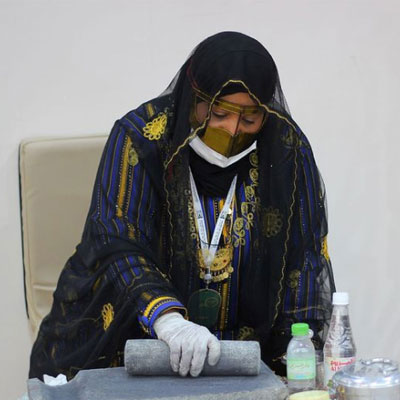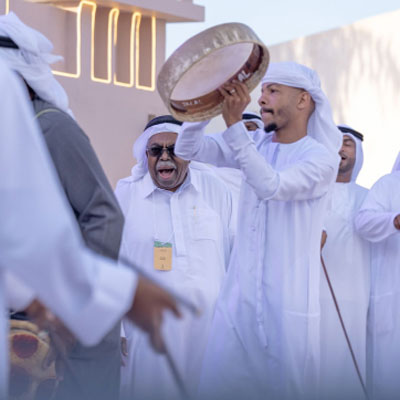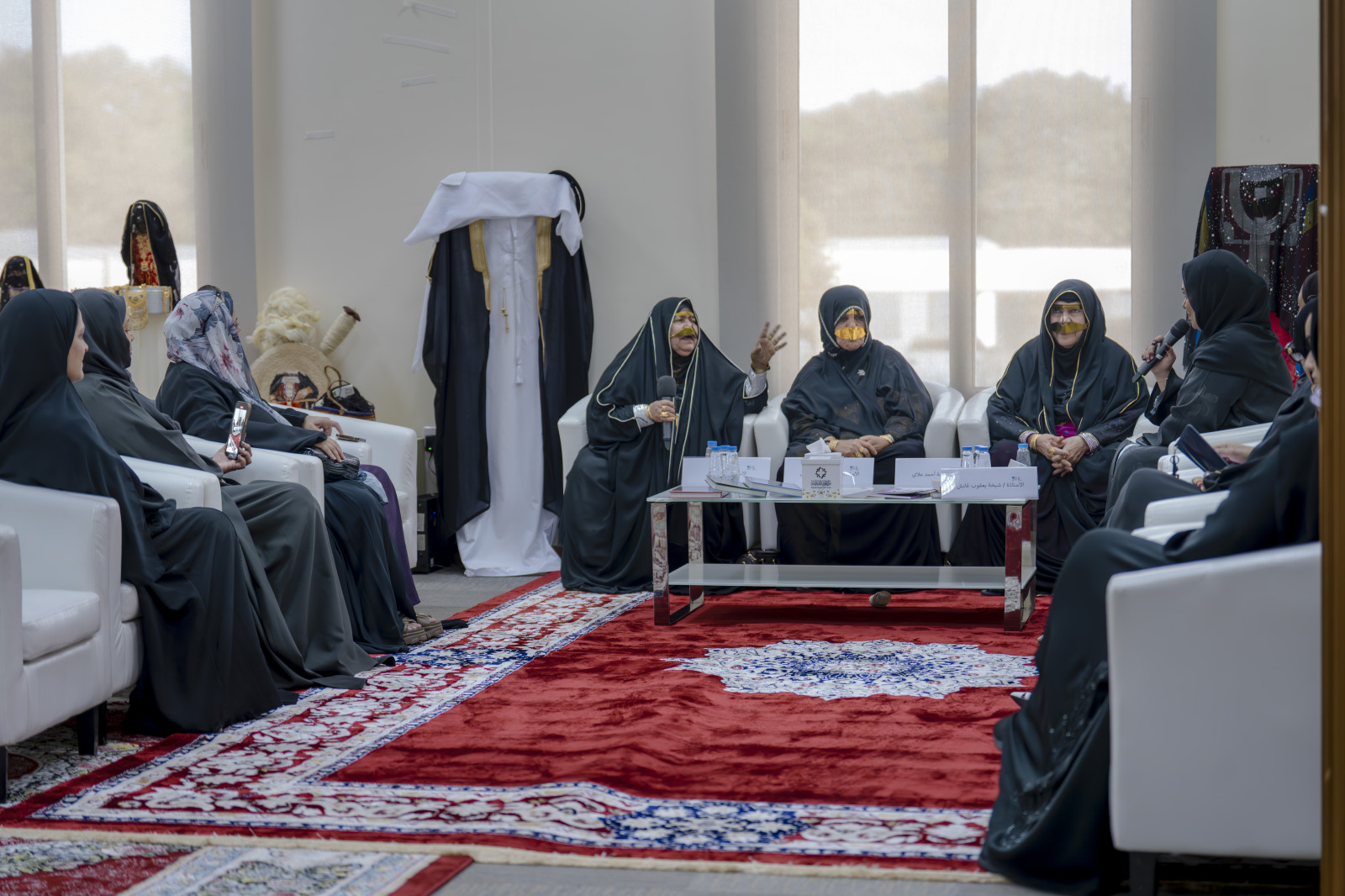Sharjah Institute for Heritage celebrates Emirati women’s heritage.
The Aisha Saif Hall at the Sharjah Institute for Heritage witnessed on Wednesday the launch of the cultural program “Women’s Heritage in the UAE”, organized by the Institute’s Emirati Crafts Center as part of the “Year of Community” initiative.
The program highlighted the cultural heritage associated with Emirati women and their pivotal role in preserving heritage and safeguarding national identity, considering them a cornerstone in nation-building and a transmitter of values, customs, and traditions across generations.
Dr. Abdulaziz Al Musallam, President of the Institute, explained that the “Women’s Heritage in the UAE” program reinforces the vital role of Emirati women in preserving cultural and artistic heritage and showcases their active contribution to passing knowledge and traditions to future generations. He noted that national initiatives and diverse events work to document women’s achievements and support their distinction in strengthening national identity, ensuring the sustainability of heritage and the development of cultural activity locally, regionally, and internationally.
Aisha Gabesh, Director of Events and Exhibitions, said: “This program represents a qualitative step in highlighting the effective role of women in preserving heritage and passing it on to future generations. Through this event, we seek to shed light on their creativity and genuine contribution to building national identity, inspiring society to take pride in its rich cultural heritage.”
The event concluded with an interactive tour that included traditional performances and examples of crafts associated with Emirati women, offering attendees the opportunity to closely experience the richness of women’s heritage and its role in enriching the cultural landscape.
At the end of the program, Abu Bakr Al-Kindi, Director of the Sharjah Institute for Heritage, honored the participants, stressing the importance of continuing such initiatives to support the legacy of Emirati heritage and reinforce its presence in the community’s collective memory.




